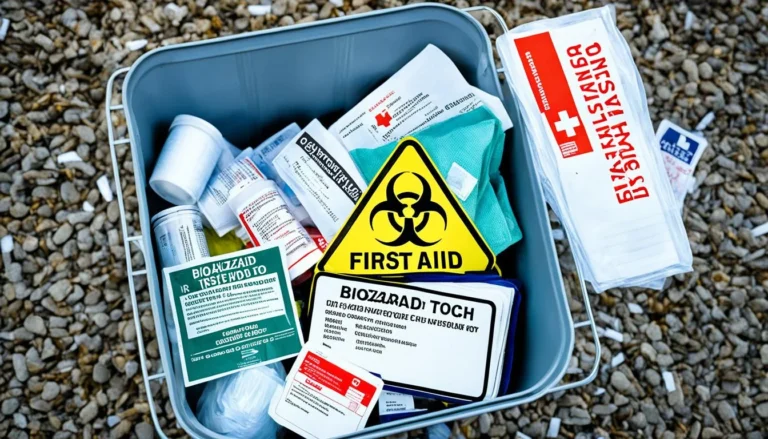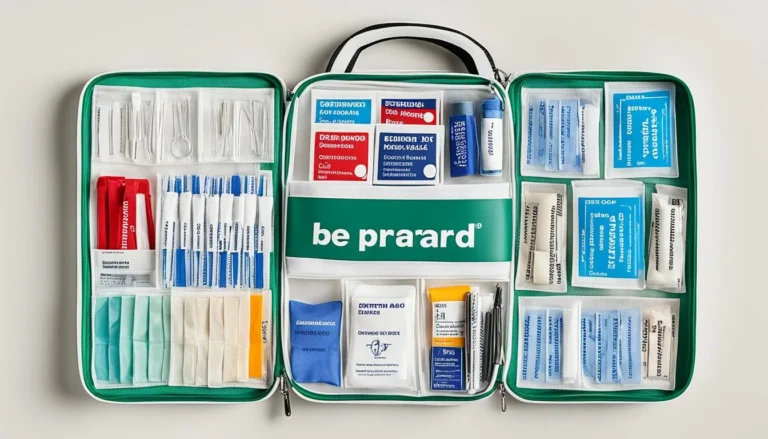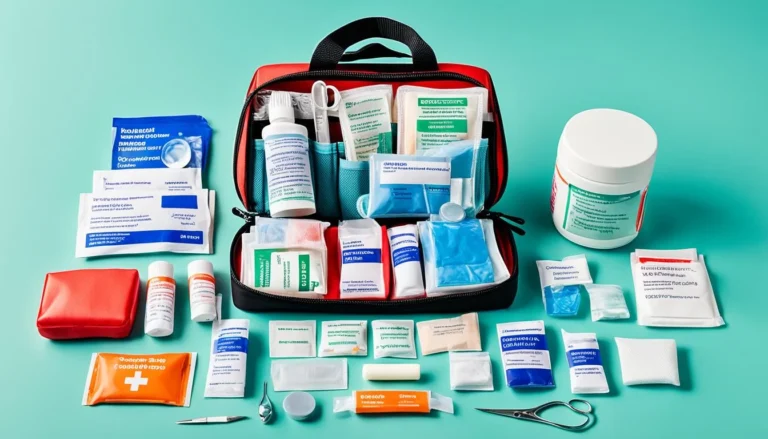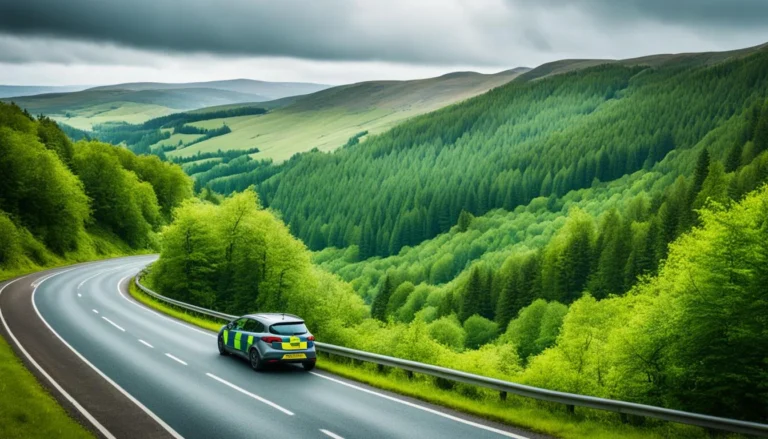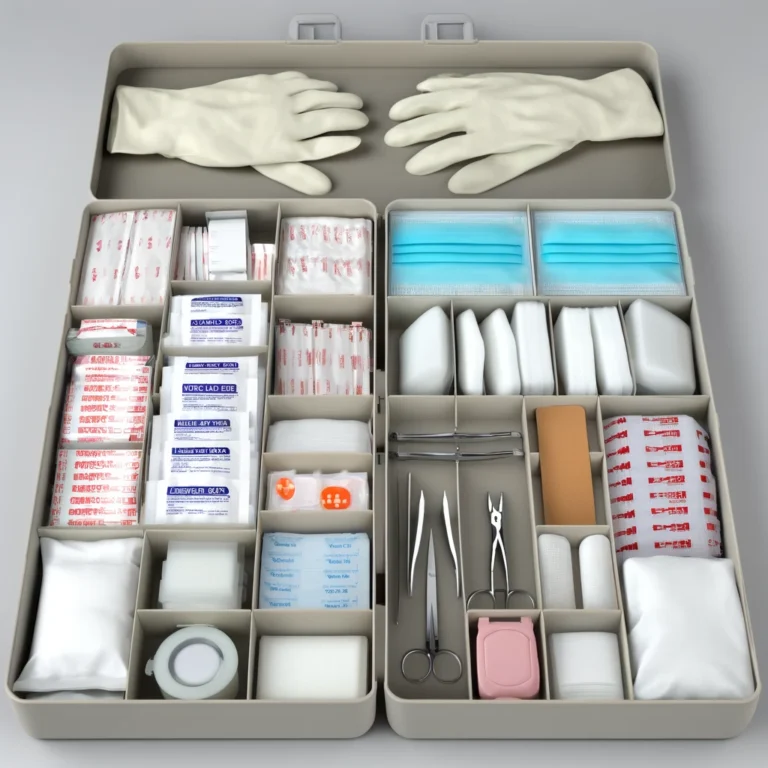What To Put In A Survival First Aid Kit | Essentials
In the realm of emergency preparedness, the UK’s rugged landscapes and remote adventures call for a specialised approach to safety. A survival first aid kit is key when far from immediate medical help. This kit is different from a regular one. It has what you need to survive in tough places, not just the usual medical items.
If you’re climbing in Snowdonia or walking in the Scottish Highlands, your kit needs to fit the location. Just packing medical items isn’t enough. You need to be ready for the unexpected. So, a survival first aid kit for the UK wilderness is essential. It shows you’ve thought ahead, making you better prepared.
It’s important to keep your first aid kit updated. Checking and replacing the items often means it’s always ready for use. Being prepared is key to any successful journey into unknown areas. We’ll guide you on creating a top-notch survival first aid kit. Your safety is our top concern.
Key Takeaways
- Ascertain inclusivity of both medical supplies and survival tools in your kit.
- Customise your first aid kit to align with the specific demands of UK landscapes.
- Ensure emergency medical items within the kit are current and viable.
- A concise and relevant survival kit checklist is indispensable for real-time emergencies.
- Regularly review and update your kit in anticipation of future expeditions.
Understanding the Importance of a Tailored First Aid Kit
Having the right first aid kit is crucial for safety in hard-to-reach places. It’s because these areas often lack medical help. Creating a kit that fits specific needs is essential for survival in remote spots.
Crucial for Survival in Remote Locations
Finding medical aid far from civilisation can save lives. A customised emergency kit isn’t just another item. It’s a must. Such a kit must be well-thought-out for places like mountains or isolated areas. It should help survive and get rescued quickly.
Difference Between Standard and Survival First Aid Kits
Survival first aid kits are tougher than the standard ones. They’re made to handle very tough conditions. They include special items, like sterile gear for treating injuries in mountains. These survival kits are key for staying safe in tough places.
Every item in a survival first aid kit has a key role. There are bandages for any wound and tools to call for help in distant areas. Making and using these kits shows a deep care for safety. It means anyone can meet challenges ready and self-assured.
What To Put In A Survival First Aid Kit
Preparing a survival first aid kit means picking key items for quick help in emergencies. Having a complete emergency kit list saves you from harm. It keeps you well-prepared.
Survival kit contents must cover both small and critical health issues. Here’s a detailed look at what makes a solid survival kit.
- Sterile gloves
- Antiseptic wipes
- Various sizes of bandages and gauze pads
- Plasters
- Safety pins
- Water purifying tablets
- Pain relievers
- Antacids
- Anti-diarrhoea medication
- Eye wash
- Burn treatment options
- Insect bite relief compounds
- Items for defibrillation and stabilisation such as defibrillators
This selection caters for many health worries in a crisis. It treats anything from small cuts to bigger issues like burns or heart problems.
It’s important to have items for clean treatment. Survival first aid items need to include certain tools:
- Syringes and needles
- Sutures
- Wound strips
- Adhesive dressings
With this organised kit, you’re ready for a variety of emergencies. It combines practicality with the ability to use it when things get tough.
Evaluating Your First Aid Needs
It’s key to do a first aid assessment when heading into risky areas. This step helps you get ready for any trouble. You not only pack the right stuff but also look out for and reduce risks. This makes sure you’re ready for any dangers and keep safe and well.
Considering the Environment and Potential Hazards
Knowing the place you’re going is the first part of preparing your first aid kit. You need to think about the ground and the weather. Also, knowing about the local animals, how hot or cold it gets, and where to find water is a must. All this info helps you be ready for any health dangers.
Identifying Specific Health Concerns and Requirements
It’s critical to know about any health issues in your group. This can be things like asthma, diabetes, or allergies. Such conditions guide what you should put in your emergency health kit. Depending on the health issue, you might need to act fast. So, be sure to prepare well.
| Condition | Essential Supply | Notes |
|---|---|---|
| Allergies | Antihistamines, EpiPen | Check for expiry dates and ensure you have clear usage instructions. |
| Diabetes | Insulin, Glucose Meter | Include extra batteries for the meter and cooling cases for insulin. |
| Cardiac Issues | Aspirin, Nitroglycerine | Store in labelled, waterproof containers. |
| Asthma | Inhaler, Spacer | Consider a backup inhaler if space allows. |
Essential Care Items In A Survival First Aid Kit
It’s key to have the right items in your survival first aid kit for managing wounds and stopping infections. We’ll go over the must-haves for any good kit, focusing on treating injuries and stopping the spread of infections in an emergency.
Antiseptic Wipes and Sterile Gloves
Using antiseptic wipes is vital to clean wounds properly. They get rid of germs on the skin, making it safer to put on dressings. Sterile gloves keep both the person giving care and the patient safe from sharing any germs. They are essential for a basic survival first aid kit.
Bandages, Plasters, and Gauze
Bandages, plasters, and gauze are must-haves for different kinds of injuries. Plasters are great for small cuts, while bandages and gauze can cover bigger wounds. It’s important to have both types of bandages, as well as waterproof and regular gauze, for the different needs and situations you might face.
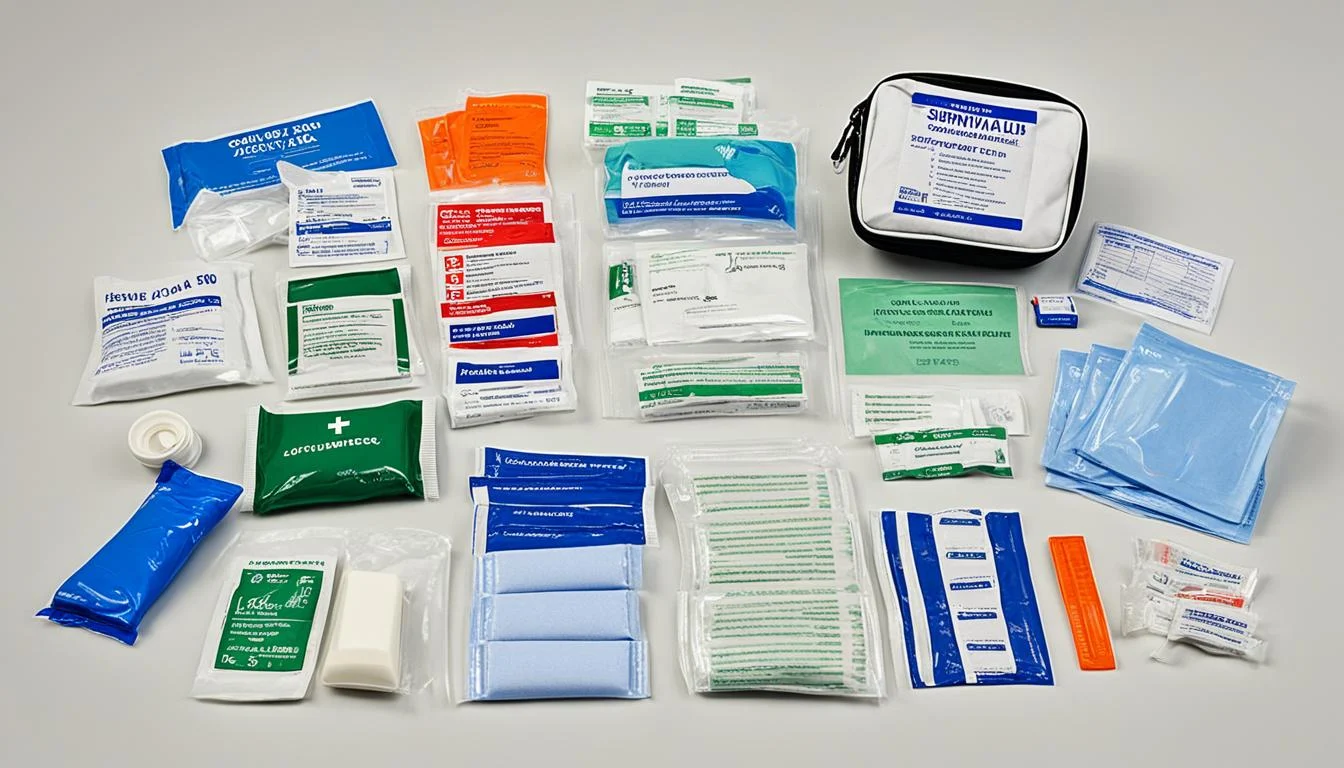
Below is a list of more items you should add for a well-rounded survival kit:
| Item | Usage | Quantity |
|---|---|---|
| Safety Pins | Securing bandages | 20 pins |
| Waterproof Tape | Securing gauze and dressings in damp conditions | 2 rolls |
| Elastic Bandages | Support for sprains and strains | 3 bandages |
| Tourniquet | Control of severe bleeding | 1 tourniquet |
| Tweezers | Removal of debris from wounds | 1 pair |
Adding these essentials can really boost the use of your first aid kit. It makes sure you’re ready for many medical needs and helps you react well in emergencies.
Medicines to Include for Immediate Relief
In the wild, having crucial emergency meds is key for staying healthy while moving. This part shows the must-have drugs for emergencies. It also advises on how to store prescription medicine well in these scenarios.
Pain Relief and Anti-Diarrhea Medication
Being away from help, it’s essential to cope with small health problems. Things like headaches, muscle pains, and stomach upsets can slow you down. Painkillers and anti-diarrhea pills are quick fixes, letting you focus on surviving. Check out the table below for what to pack:
| Medication Type | Use Case | Recommended Quantity |
|---|---|---|
| Pain Relievers (e.g., Ibuprofen) | To ease pains and aches | 20-30 tablets |
| Anti-Diarrhea (e.g., Loperamide) | To manage diarrhea symptoms | 15-20 capsules |
| Antacids | For stomach acidity and discomfort | 10-15 tablets |
Prescription Medicine Management in Emergencies
If you rely on prescribed meds, it’s vital to have a solid storage plan in your first aid kit. It’s crucial to keep your meds safe from weather and check their expiry dates often. This is essential for keeping good health during tough times.
Keep your meds in sealed, water-resistant boxes. Make sure to list each med’s name, dose, and expiry date clearly. Follow these steps to able to use your meds without any issues, even in the harshest conditions.
Tools and Supplies Necessary for Emergent Situations
In tough or new places, having the right survival gear is key. A good first aid kit in survival should not just handle health emergencies. It should also cater to your need for navigation tools, emergency communication, and shelter equipment.
Navigation and Communication Devices
Getting through unknown areas demands dependable tools. Compasses and detailed maps are essential. They can keep you safe and stop you from wandering off. Keeping in touch is also crucial. Things like whistles and signal mirrors can call for help. They are must-haves for your survival kit.
Survival Tools for Shelter and Warmth
Lacking proper shelter gear in extreme weather can be dangerous. Items like bivi bags and thermal blankets save lives. They give you a safe place and keep you warm. Together, they are crucial tools for survival.
Adding these items makes your first aid kit much more effective. Check out the table below for what you should have and how to use it:
| Tool/Supply | Description | Use |
|---|---|---|
| Compass | Directional navigation tool | Essential for orientation and navigation through unfamiliar areas. |
| Maps | Detailed topographic maps | Provides visual terrain details crucial for strategic travel planning. |
| Whistle | High-pitched sound device | Useful for signalling in dense forests or over long distances. |
| Signal Mirror | Reflective signalling tool | Allows for visual signalling to airplanes or distant rescuers during daylight. |
| Bivi Bag | Lightweight, compact emergency shelter | Provides quick-setup shelter against environmental conditions. |
| Thermal Blanket | Heat-reflective thin silver sheet | Critical for retaining body heat and preventing hypothermia. |
Preparing Sterile Kits and Preventative Measures
Being ready for first aid means putting together sterile medical equipment. This gear has things like disposable syringes, needles, and wound closure strips. They make sure we can treat wounds without worrying about spreading infection.
There are lots of ways to stay healthy by preventing illness. Always use sun cream to stop your skin from getting hurt. Insect repellent keeps bugs that make us sick away. Don’t forget water purifiers for clean drinks and hand sanitiser when you can’t wash your hands.
- Disposable Syringes: Essential for administering medications cleanly.
- Needles: Critical for puncture procedures required in injections or fluid administration.
- Wound Closure Strips: Enable swift and sterile closure of cuts or lacerations, minimising the risk of infection.
It’s important to keep your first aid kit in top condition. This means checking and renewing supplies often. Also, learning about first aid and practicing with your kit makes you and your group ready if something happens.
Temporary Shelter Solutions and Comfort Items
After a disaster, finding emergency accommodation and keeping personal hygiene matters a lot for staying safe and healthy. Thermal blankets and bivi bags are vital for staying warm and sheltered. Hygiene products stop illness from spreading, very important in tough times. Let’s look at key items for being ready for disasters and staying clean.
Thermal Blankets and Emergency Bivi Bags
Thermal blankets are key for keeping warm in the cold and tough weather. Bivi bags act as quick shelters, keeping you safe from wind and rain. Both are crucial for staying warm and dry when you can’t find a traditional shelter.
Personal Care Essentials
Disasters can really mess up daily cleaning routines. That’s why making sure you have access to hygienic products is essential. Items like moist towelettes, soap, and hand sanitiser help keep you clean and prevent sickness.
| Item | Usage | Benefits |
|---|---|---|
| Thermal Blankets | Keeps you warm | Stops hypothermia |
| Emergency Bivi Bags | Offers quick shelter | Keeps you safe from weather |
| Moist Towelettes | Cleans your skin | Lessens spreading of germs |
| Hand Sanitiser | Keeps hands clean | Stops viruses and bacteria spread |
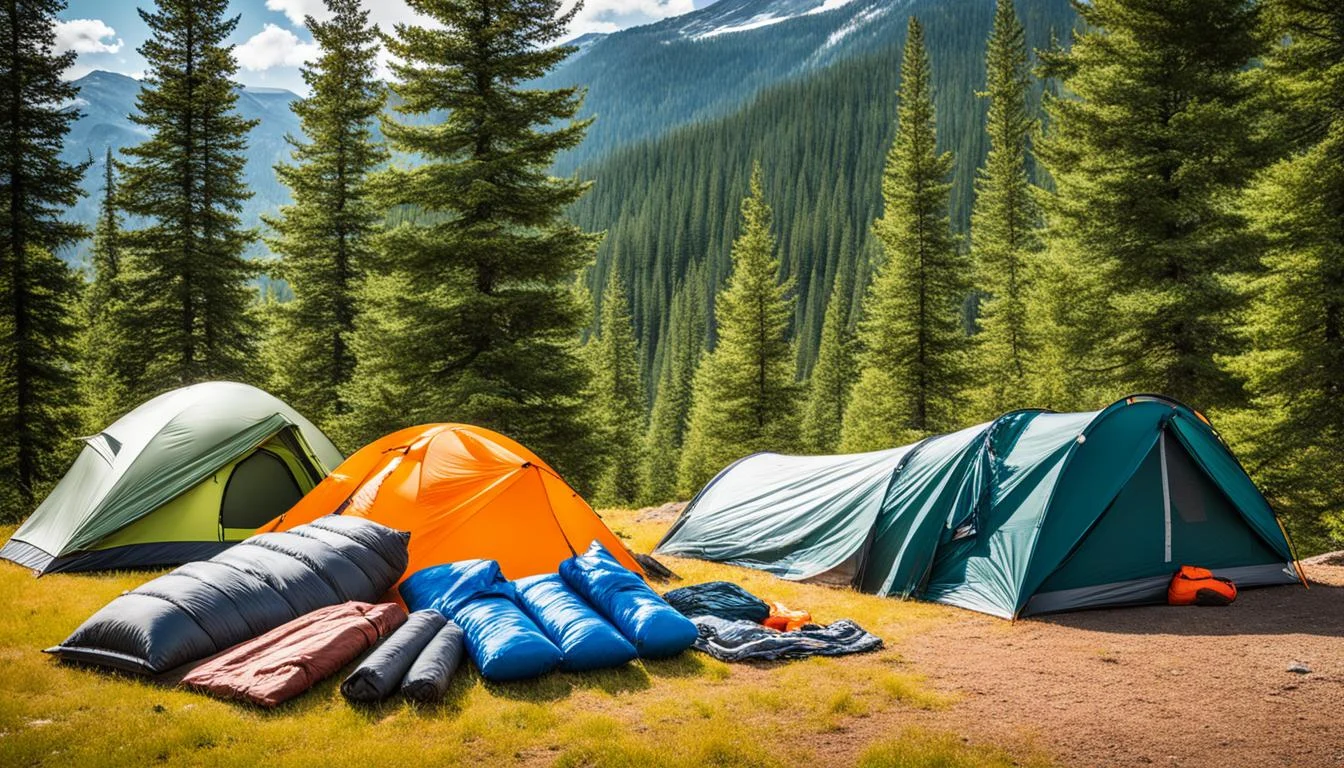
Conclusion
In our guide to building a survival first aid kit, creating a personalised kit is crucial for personal safety and emergency responsiveness. Choosing the right items, from medicines to shelter tools, makes you ready for anything. A custom kit caters to the specific risks of your location, such as a mountain or British countryside.
It’s key to keep your first aid kit up to date. This ensures it’s always ready to use. Like a gardener caring for a tree, your survival kit needs constant attention. You must regularly check items and their expiry dates. Its effectiveness when needed most depends on how well you care for it.
A strong first aid kit shows you think ahead and care about wellness. Although facing tough times is not wished for, a well-prepared kit means you’re self-reliant and confident during hard times. Beyond just items, your survival kit is a key part of self-care and resilience.



